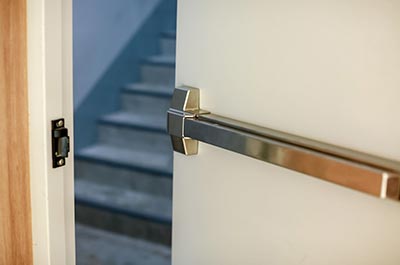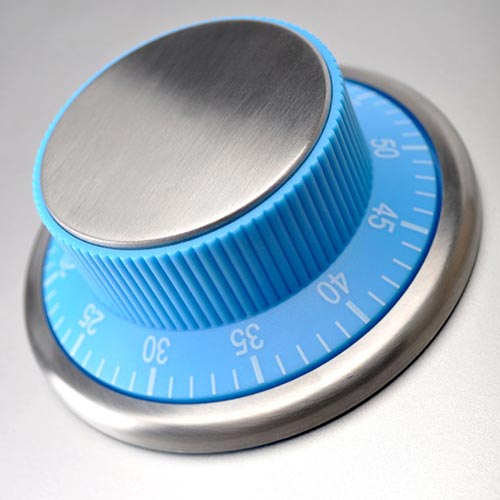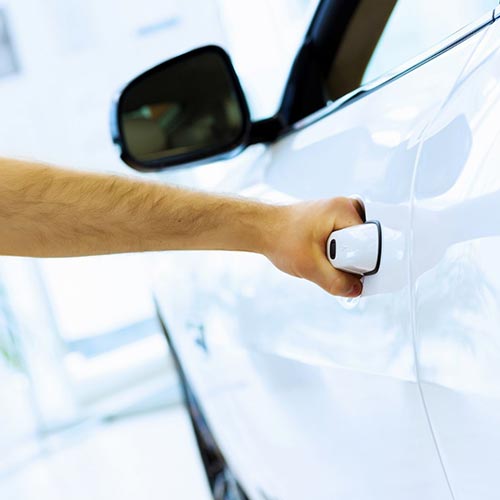Importance of Having Panic Bars on Commercial Properties

You are likely familiar with devices known as panic bars. You may have seen them in public buildings, schools, hospitals, and other locations. Usually, they are found in high-occupancy spaces where many people are likely to congregate. It is also likely that you have also seen them in restaurants and in some businesses. Panic bars sit in the center of a door and come in several different styles. The common feature though is that one must merely push on a bar inwards in order to open the door. No doorknob, handle, or action is required for the door to operate.
Panic bars may also be referred to as exit devices or crash bars. They can be connected to other systems in a building or to security systems. Panic bars can be programmed to lock and be securely shut in the event of a lockdown or other need to block off certain corridors. For example, in hospitals or schools, it may be necessary for lockdowns to occur if a threatening intruder has entered the building or an unstable patient has escaped from a hospital wing. Panic bars can be programmed to lock at any point and seal off a space.
The benefits of panic bars cannot be overstated. Catastrophes like the Victoria Hall Disaster in Sunderland, England in 1883 that killed 183 children, and the Iroquois Theatre fire in Chicago in 1903 where over 600 individuals perished signaled a desperate need for better building safety and code regulation. Since the time of these disasters, nearly 100 years later, building safety has come a long way. Occupants in public spaces have been kept far safer in this century thanks to panic bars.
Business owners and building managers need to take panic bars seriously. These devices are so important to safety that they are required by law for a vast majority of public spaces. Various regulations must be followed diligently in order for businesses to pass state and local inspections. Installing panic bars is easy with the help of a locksmith. If you are unsure at any time if your business is meeting the standards, be sure to call a certified locksmith in your area.

 (219) 380-0099
(219) 380-0099






